1. Die-casting process and common sense of die-casting aluminum alloy materials...
Information to be updated

Ningbo Zunhang Automotive Parts Co., Ltd. founded in 2012, is a large-scale enterprise integrating professional aluminum die casting mold design, mold manufacturing and aluminum die casting parts production. After years of steady development, the company now has more than 200 employees, including more than 60 professional management and technical research and development personnel. The company gives full play to its team advantages and adheres to the business philosophy of "consistent words and deeds, dedicated service". The company successfully completed the certification of IATF16949 in 2018, All staff shall introduce "process risk management thinking and implement PDCA continuous improvement method".
We are professional High Pressure Die-Casting CNC Machine Parts manufacturers and factory in China, we produce and export Aluminum Die Casting Auto A/C Compressor Parts, CNC Machine Parts, Auto Engine Accessories, Auto Drive System Parts, Electric Auto Accessories, CNC Machine Parts, Bridge Member, Heavy Truck Parts, etc. Welcome ot visit our factory.

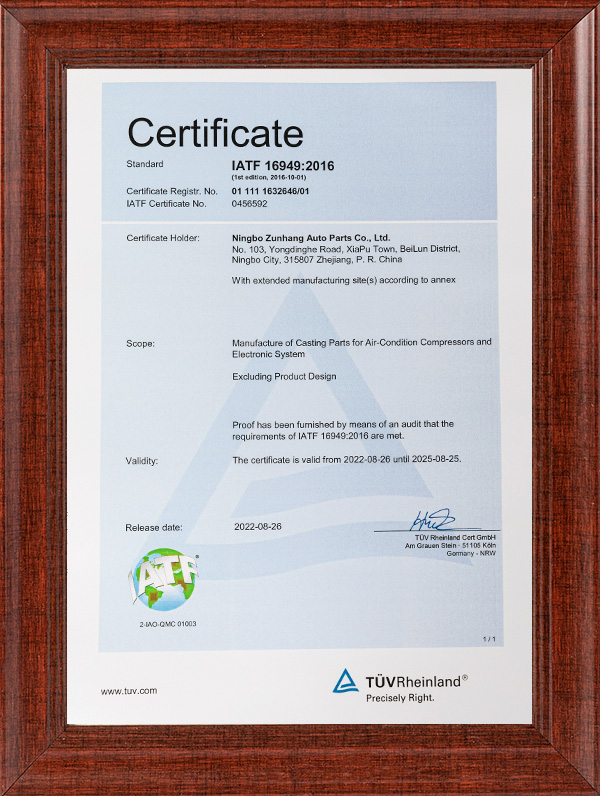
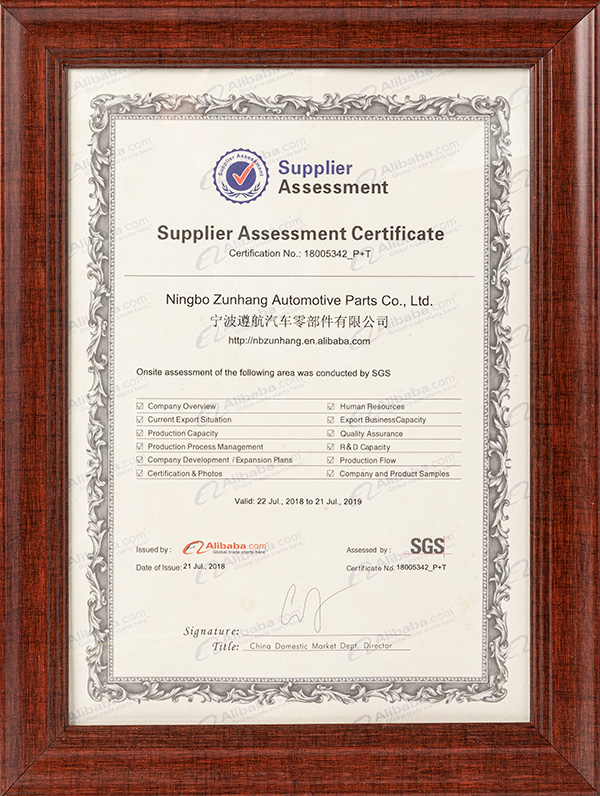
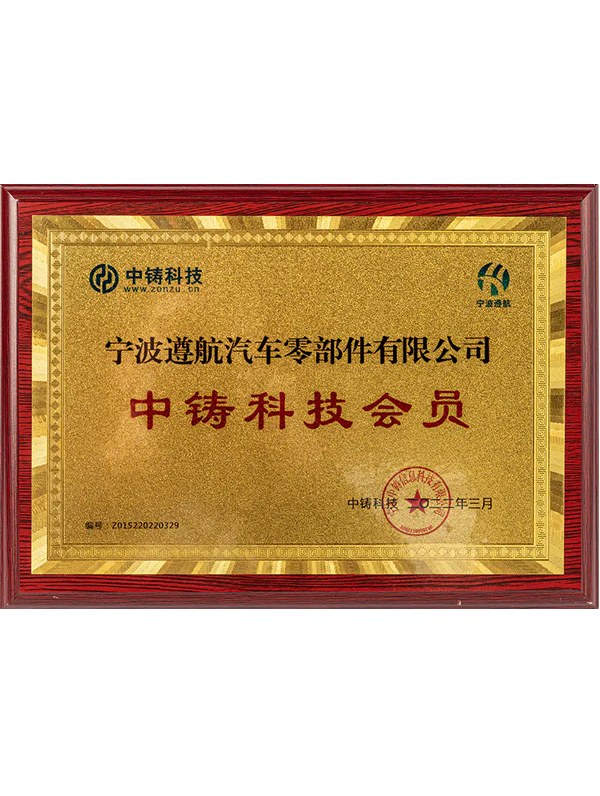
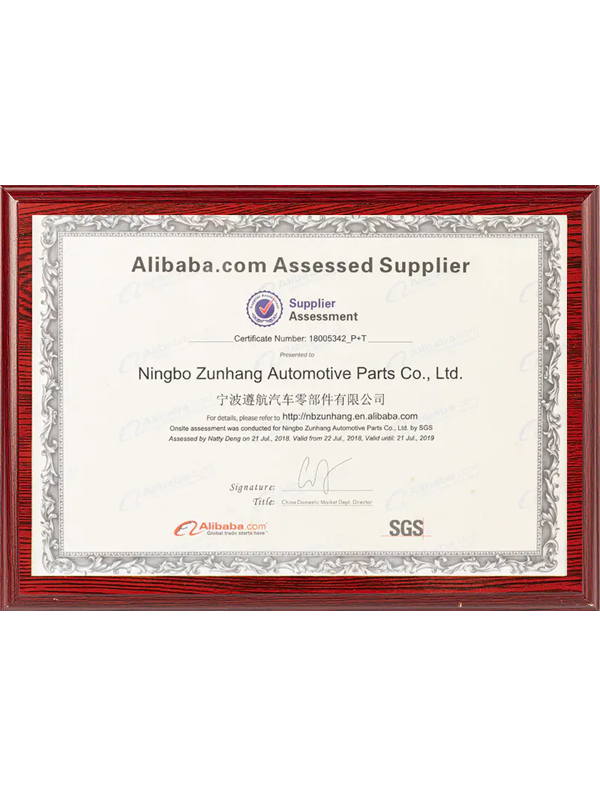
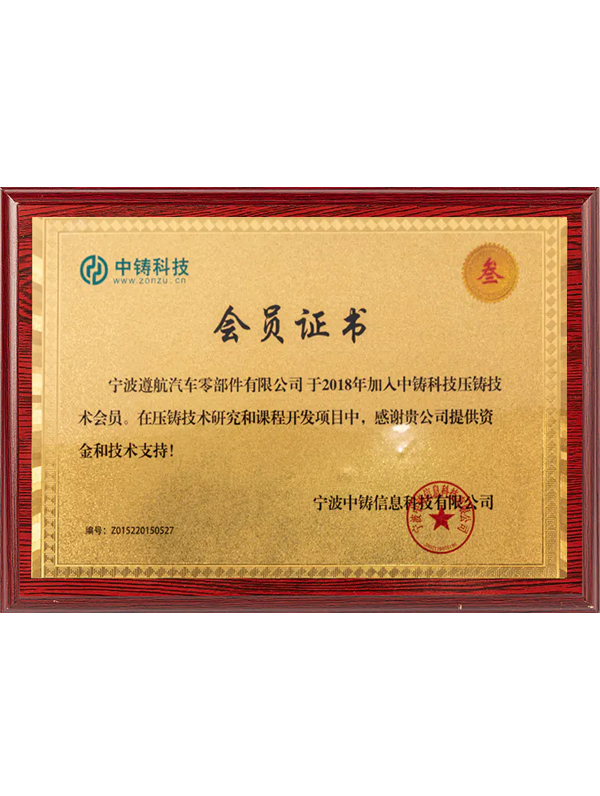


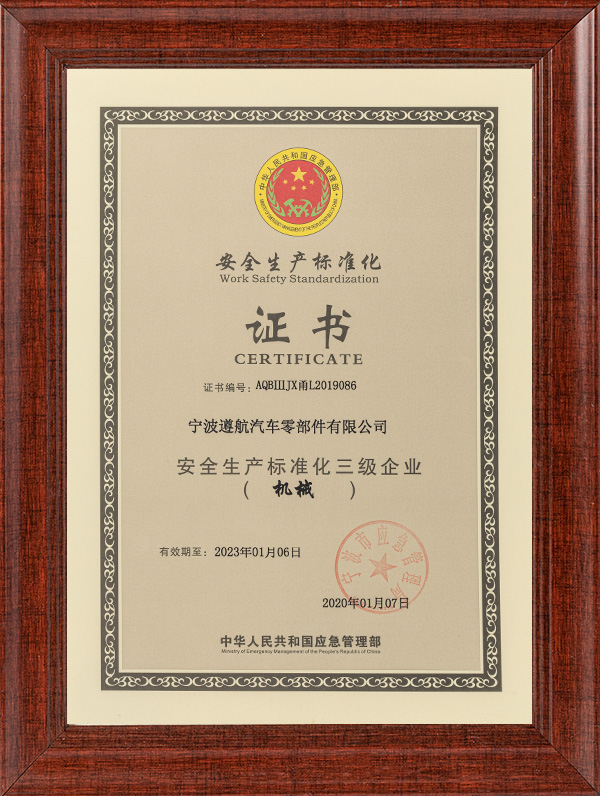

1. Die-casting process and common sense of die-casting aluminum alloy materials...
Original Title: Market Potential and Development of Magnesium Alloy/Aluminum Al...
Aluminum die-casting parts are aluminum parts with different functions, which a...
For better design & manufacturing aluminum alloy die casting automotive par...
Aluminum high pressure die-casting can be used to produce CNC machine parts made from aluminum. CNC (Computer Numerical Control) machines are used to fabricate complex parts with high precision, and aluminum die-casting is a cost-effective way to produce these parts in high volumes.
Steel is one of the most commonly used materials in CNC machines. It is strong, durable, and can be used for a wide range of applications. Steel is a popular choice for CNC machine parts that need to withstand high stress and pressure, such as gears, shafts, and bearings.
Aluminum is another popular material used in CNC machines. It is lightweight, strong, and has excellent thermal and electrical conductivity. Aluminum is commonly used for parts that require high precision and low weight, such as aerospace and automotive components.
Brass is a copper alloy that is commonly used in CNC machines. It is easy to machine, has good corrosion resistance, and has excellent thermal and electrical conductivity. Brass is commonly used in electrical components, plumbing fixtures, and decorative hardware.
Copper is a soft, ductile metal that is often used in CNC machines. It is a good conductor of heat and electricity, and is commonly used in electrical and plumbing components. Copper is also commonly used in high-precision parts that require tight tolerances, such as bearings and bushings.
Plastics are a popular choice for CNC machine parts because they are lightweight, durable, and have good thermal and electrical insulation properties. They are often used in applications that require high precision, such as medical and dental devices, as well as in automotive and aerospace components.
Titanium is a strong, lightweight metal that is commonly used in CNC machines. It has excellent corrosion resistance, and is commonly used in aerospace and medical components. Titanium is also used in high-performance sporting goods, such as golf clubs and bicycle frames.
Stainless steel is a popular material used in CNC machines because it is strong, durable, and has good corrosion resistance. It is commonly used in food processing, medical, and marine applications. Stainless steel is also used in high-precision parts that require tight tolerances.
Carbon fiber is a lightweight, high-strength material that is commonly used in CNC machines. It is commonly used in aerospace, automotive, and sporting goods applications. Carbon fiber is also used in high-performance racing components, such as bike frames and auto body parts.
Tungsten is a heavy, dense metal that is often used in CNC machines. It is commonly used in high-temperature applications, such as furnace parts and cutting tools. Tungsten is also used in radiation shielding and electrical contacts.
Bronze is a copper alloy that is commonly used in CNC machines. It is strong, corrosion-resistant, and has good thermal and electrical conductivity. Bronze is commonly used in bearings, gears, and other high-stress applications.
Trend #1: Increased Automation
One of the significant trends in CNC machining is the increased automation of the production process. Automation has been made possible by the integration of computer-aided manufacturing (CAM) and computer-aided design (CAD) software with CNC machines. The integration has led to the creation of complex parts and reduced lead times, resulting in increased productivity and efficiency.
Trend #2: Integration of Artificial Intelligence (AI)
The integration of artificial intelligence (AI) with CNC machining is also a significant trend. AI is used to optimize the production process by analyzing data and providing recommendations on how to improve efficiency. It is also used to reduce machine downtime by predicting when maintenance is needed. This technology has led to increased accuracy, speed, and reduced waste.
Trend #3: 5-Axis Machining
Another trend in CNC machining is the increased use of 5-axis machining. 5-axis machining is a process that allows for the production of complex parts with a high degree of accuracy. It involves moving the cutting tool along five axes instead of the traditional three axes, providing more flexibility and precision. The increased use of 5-axis machining has resulted in the creation of more intricate and sophisticated parts.
Trend #4: Hybrid Manufacturing
Hybrid manufacturing is another trend in CNC machining. It involves the combination of additive manufacturing and subtractive manufacturing. Additive manufacturing, such as 3D printing, is used to create a part's shape, and subtractive manufacturing, such as CNC machining, is used to refine the part's final shape. This technology has the potential to reduce costs and lead times and create more complex and intricate parts.
Innovation #1: In-Process Monitoring
In-process monitoring is an innovation that allows for real-time monitoring of the production process. It involves the use of sensors that can detect changes in temperature, vibration, and other parameters, allowing for immediate adjustments to be made. This technology has the potential to reduce errors and improve the quality of the final product.
Innovation #2: Adaptive Machining
Adaptive machining is another innovation in CNC machining. It involves the use of sensors and artificial intelligence to adjust the machining parameters in real-time based on the actual conditions of the machining process. This technology has the potential to improve efficiency and reduce waste by reducing the need for trial-and-error adjustments.
Innovation #3: Smart Tooling
Smart tooling is an innovation that involves the integration of sensors with the cutting tools. The sensors can detect the tool's wear and tear, and the data is used to optimize the machining process. This technology has the potential to reduce downtime and improve the quality of the final product.
Innovation #4: Remote Monitoring
Remote monitoring is an innovation that allows for the monitoring of the production process from a remote location. It involves the use of sensors and cameras that can provide real-time feedback on the production process. This technology has the potential to reduce downtime and improve the efficiency of the production process.
Machine Calibration: The accuracy of CNC machine parts heavily depends on the machine's calibration. Calibration is the process of ensuring that the machine's axes are aligned correctly and that the distance traveled by the tool matches the programmed values. Even a small error in calibration can lead to significant discrepancies in the final part's dimensions. To maintain the accuracy of the machine, regular calibration and maintenance are essential.
Tool Wear: Tool wear is another factor that can significantly impact the accuracy and repeatability of CNC machine parts. As the tool wears out, it may start to deviate from the programmed path, resulting in inaccurate cuts. To maintain the accuracy of the machine, it's crucial to monitor tool wear and replace the tools when necessary.
Cutting Speed: Cutting speed is a critical factor that impacts the accuracy of CNC machine parts. High cutting speeds can cause the machine to vibrate, resulting in inaccuracies in the part's dimensions. Similarly, low cutting speeds can cause the tool to drag, leading to inaccuracies in the part's shape. To maintain the accuracy of the machine, the cutting speed should be optimized for each job.
Material Properties: The properties of the material being cut can also impact the accuracy and repeatability of CNC machine parts. For example, harder materials may cause more tool wear, leading to inaccuracies in the final part's dimensions. Similarly, materials with varying densities may cause the tool to deflect, resulting in inaccuracies in the part's shape. To maintain the accuracy of the machine, the material properties should be taken into account when programming the machine.
Programming Errors: Programming errors are another factor that can impact the accuracy and repeatability of CNC machine parts. Even a small error in the programming code can lead to significant discrepancies in the final part's dimensions. To maintain the accuracy of the machine, it's crucial to test the program on a prototype or a test piece before running it on the final part.
Environmental Factors: Environmental factors such as temperature, humidity, and vibrations can also impact the accuracy and repeatability of CNC machine parts. Temperature changes can cause the machine's components to expand or contract, leading to inaccuracies in the part's dimensions. Similarly, vibrations from nearby machines or other sources can cause the machine to vibrate, resulting in inaccuracies in the part's shape. To maintain the accuracy of the machine, the environmental factors should be controlled as much as possible.